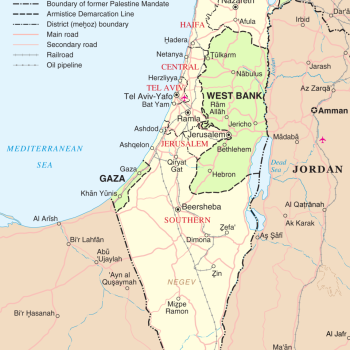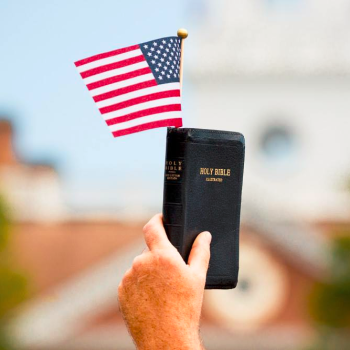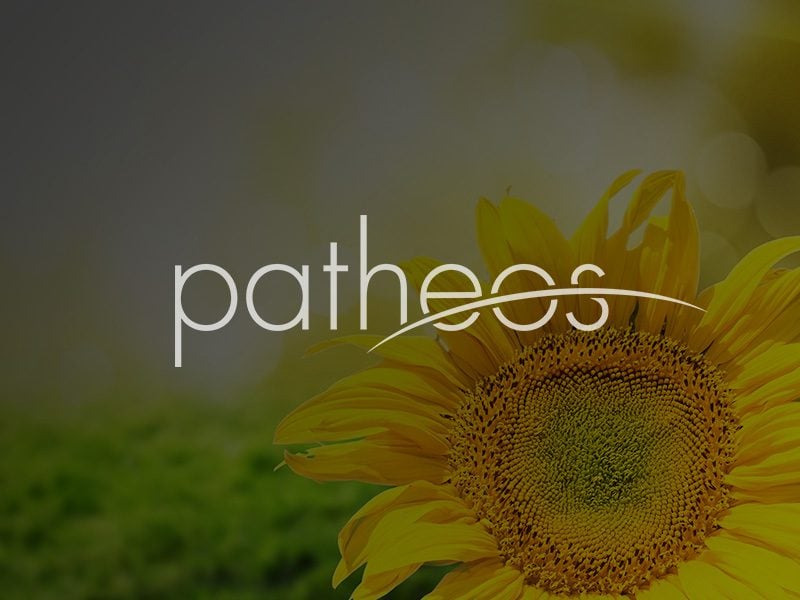Eucharist, Holy Communion, and Lord’s Supper. The most important ritual of the church goes by many names. In some cases celebration of this ritual is rather elaborate as in the Orthodox and Roman Catholic traditions, in other cases, like the Mennonite or Baptist churches, the liturgy is minimalistic. What is happening here in this meal?
For the past 500 years Protestants of various stripes and Catholics have argued about the presence of Christ in the bread. Is Jesus really present? Is there a change in the substance of the bread but not the accidence (shades of Aristotle)? Is the bread ‘merely’ a symbol? Is Jesus “in, with, and under the elements (Luther)?” Does it make a difference what we believe about this meal? What does it mean to celebrate the meal unworthily? How can we “eat and drink damnation unto ourselves” (Paul in I Cor. 11)? Should this meal be celebrated daily, weekly, monthly, quarterly or even less often? Does it matter? Should it matter? These have all been hotly debated questions and in some circles still are.
No matter whether your liturgy is maximalist or minimalist, whether you hold to a ‘real presence’ or a symbolic presence, the real question about what is occurring in the celebration of this meal of bread and wine needn’t elude us. It has to do with our fundamental human condition. The Eucharist addresses our need to kill.
When the Roman Catholic church speaks of the ‘sacrifice’ of the Eucharist, this does not mean that they believe the priest is re-sacrificing Jesus on the altar. It is the recognition that the act of breaking the bread is analogous to the breaking of the body of Jesus on the cross. That is, just as Jesus’ persecutors broke his body, so when we celebrate the Eucharist we acknowledge that we are human ‘body breakers.’ When we further eat this bread, we confess we are cannibalistic, that is, we seek to consume the ‘being’ of the victim and thus enhance our own ‘being.’ The writer of the Fourth Gospel explicitly uses the word ‘to munch’ (trogein) in John 6 to bring to mind that this is more than a simple ingestion of food. The use of ‘trogein’ ought to bring to mind sucking the marrow out of bones, of the way we suck life out of one another. In this sense we are all vampiric and the Eucharist is the ritual whereby we acknowledge our social vampirism.
In breaking the bread we confess we are all persecutors, that had we been there, we would have crucified Jesus. We do not come to this meal with clean hands and pure hearts. We come to it frothing at the mouth, demanding a sacrifice that will take away our personal and social angst, violence and fear. We break bread, we confess we are murderers. This is the point. We are the mob, or in religious language, we are all sinners. The proof in the pudding is that we treat the outcast, the marginalized or the ‘other’ this very way. We don’t see Jesus in them. If we did we would be kind to them, generous, helpful and compassionate. But we do not see Jesus in them; we are just like the goats in the parable (Matt. 25). When we break the bread we participate in a ritual as old as human religion and culture, the sacrifice of an innocent other. Jesus is our Victim. We killed him, each of us participating, all of us together. Scapegoating others has always been our means of redemption, of being human community. This is not the end of the story though for this ritual has another part, a redemptive part. It is not found in the killing but in the voice of the victim. It is the cup we drink. This is what we shall see tomorrow.














